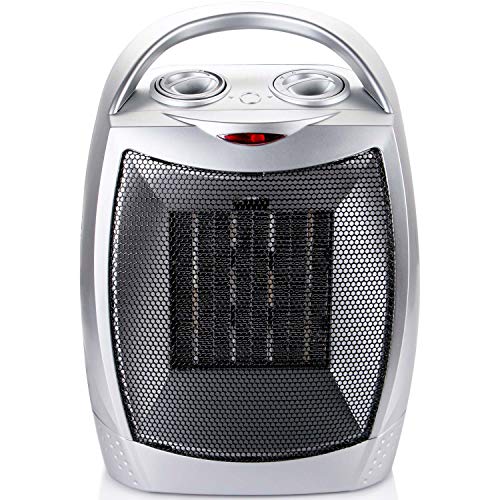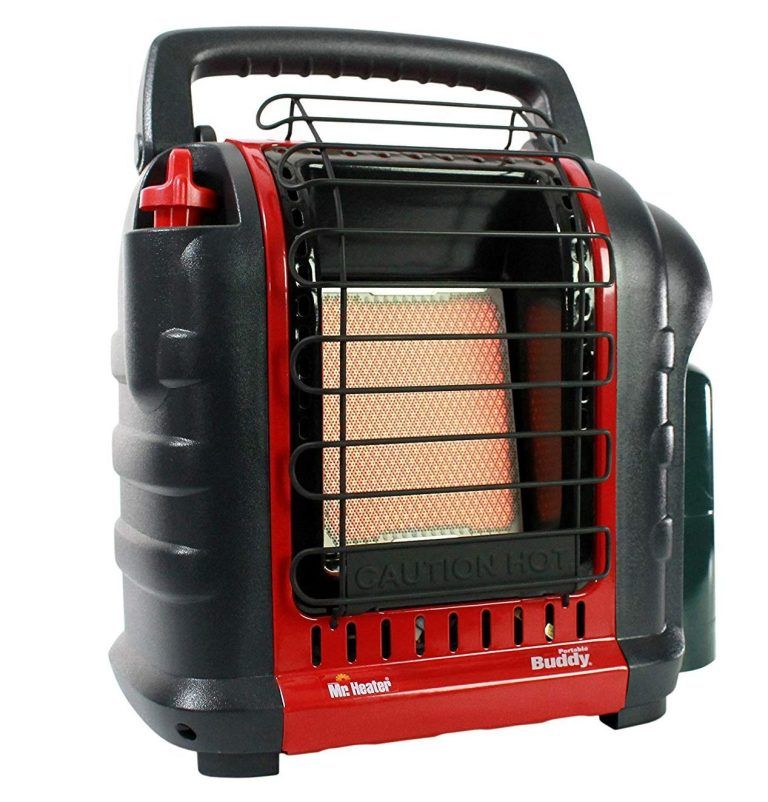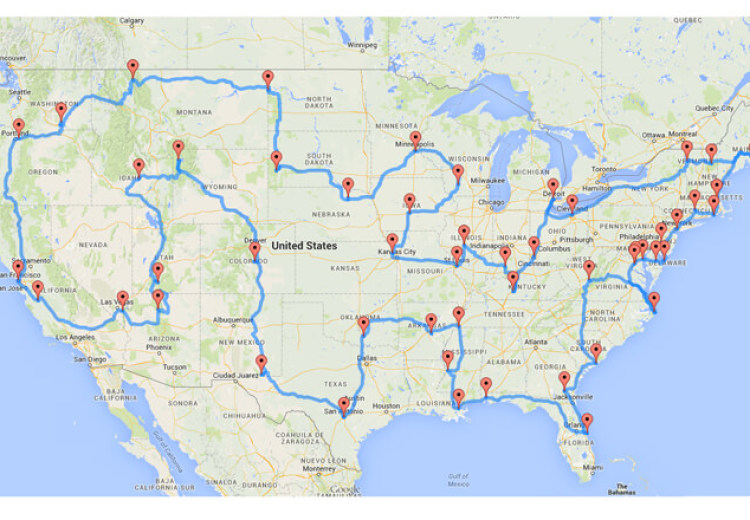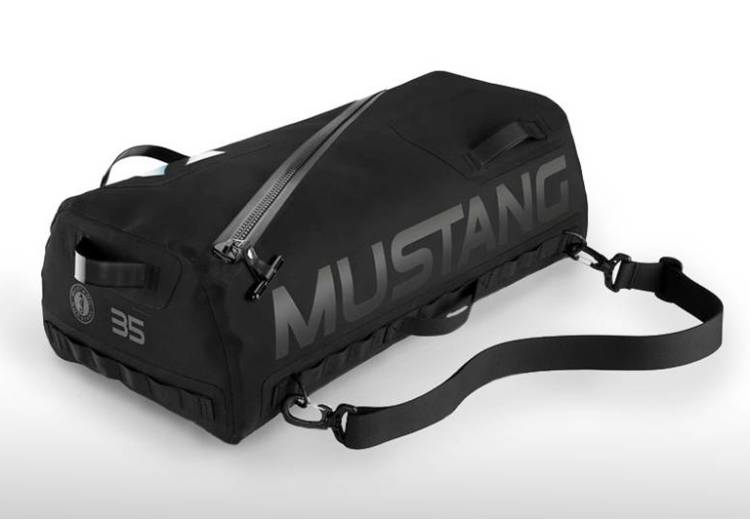Those portable heaters may be convenient for warming up a chilly room, but they’re hazardous, too
The winter is here and for those of us living in any type of a recreational vehicle it is imperative that we pay attention to the safety inside with their space heaters. Many rigs have propane furnaces, but the cost of propane is much more expensive than using a plug in heater to offset this propane expense. We have decided that it is very important for you to know what to look for and know before you attempt to warm your vehicle with an electric space heater.
Heating equipment is a leading cause of fires in U.S. homes and space heaters account for 4 out of 5 home heating fires, according to the National Fire Protection Association.
Why is this, when modern heaters come with multiple safety systems designed to prevent accidents?
"It's not so much an unsafe heater as unsafe use of a heater. If you use them according to the design, they'll work just fine," says Barb Guthrie, UL VP, Corporate Sustainability. If you own or are going to buy a portable heating unit, learn to use it safely with these tips.
It’s old, but is it still good?
Wondering if that used heater you keep in the garage is still safe to operate? With any appliance, don't just plug it in immediately. Look at it. For example if the cord is frayed and stiff, then it needs to be replaced. Check to see if the enclosure of the heater appears to be compromised, such as cracked or dented. Also, if the grill is not in place, kids can stick their hands in the heater.
Look for these safety labels
When shopping for a new space heater, the US Department of Energy recommends one that carries the UL label, which indicates that the model's design has been safety tested.
When companies test a product for safety, they try to imagine how a consumer might use it in real life. For instance, in the 'abnormal test,' UL recognizes that people sometimes use a heater in ways not recommended, such as drying clothing, which can restrict air flow and overheat the heater. UL actually puts layers of terrycloth over portions of a heater to see if the internal sensors shut it down.
Plug it in or light it up
You can choose between two basic types of space heaters: electric and combustion. The former uses electricity to heat a metal screen or housing. Although they cost more to operate than a combustion heater, they are generally safer to use indoors.
Combustion heaters burn fuel, like propane, wood or natural gas. In most cases, they aren't recommended for indoor use. Besides the enhanced fire risk, burning fuel can pollute indoor air with toxic chemicals, such as carbon monoxide, nitrogen dioxide, particles and acid aerosols.

When shopping, look for these features:
- a “tip over” switch that shuts the unit down if it gets tipped off of its normally upright position
- a thermostat to monitor room temperature, turning the unit off and on automatically
- a handle with a safe and comfortable grip
- a fan, if you want to distribute heat more widely throughout the room
- for combustion units, a low-oxygen sensor that shuts it off before the room loses too much oxygen
When running an electric heater:
- place it in a dry location, because moisture can damage its components
- don't plug other devices into the same outlet (heaters draw a lot of power)
- never run an electric cord underneath a rug or carpet
- don't use an extension cord, but if you must, use a heavy one rated for the amount of energy that the heater draws
- unplug the heater after turning it off
When running a combustible heater:
- open a door or window slightly to allow fresh air to circulate
- use only the type of fuel rated for that heater
- wait until the heater is cool before refueling
- don't overfill the tank (hot liquids expand)
- store extra fuel away from the heater and in designated containers (no plastic jugs)
Three feet from the heat
When running your heater, don't leave the room for more than a brief time without turning it off. Also, place it at a safe distance from anything that might burn or ignite, such as children and furniture. “Remember to keep your combustibles 'three feet from the heat' or 'a meter from the heater,'” says Guthrie.
How To Choose A Safe Space Heater For RV?
Safety features
-
A heating system is prone to hazardous possibilities. Especially for RVs, the safety features need to be your top concern. Look for items that have built-in features such as tip-over protection, overheat alert, fuel valve closes, or C02 sensors.
Cost
-
Heaters with lots of features could be expensive. The amount of heating area is in proportion to the sum of money you have to pay. For RVs, you don’t need to spend a fortune on a heater. Portable space heaters range from $22 to $500 depending on the brand and features.
-
Choose it wisely and carefully.
Power or fuel consumption
-
You should consider fuel consumption, especially when you use gas or propane heaters. Make sure you ask the seller or calculate the running hours of the heater so that it won’t stop dead in the middle of the night.
Durability
-
Heaters will be in use continuously for the whole winter, which making durability extremely important. You don’t want to buy a machine that drops dead after a few times in use. What you should look for? The solid construction and warranty.
Which Brands Make The Safest Space Heater For RV?
Mr. Heater
-
Mr. Heater offers a wide range of heaters, from portable camping to radiant home use. Their quality and built are perfect.
Lasko
-
Lasko’s heaters attract buyers through their design and quiet performance.
Honeywell
-
Honeywell delivers the toughest and most versatile heaters for your RVs.
Dr. Infrared Heater
-
Want to buy infrared space heaters? Check Dr. Infrared Heater out! Sleek wooden design, noiseless and durable performance.
Andily
-
This new manufacturer – Andily offers the most competitive price for space heaters. Their products are durable and portable.









